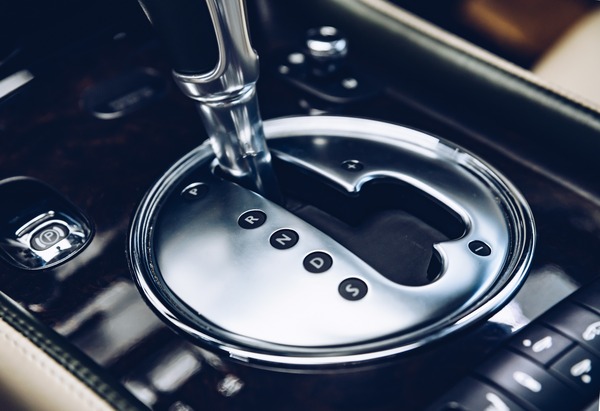
Are you a proud owner of a vehicle equipped with an automatic transmission? If so, you know that maintaining this crucial component is key to ensuring a smooth and reliable driving experience - but how can you achieve this?
Adapting Driving Habits for Automatic Transmissions
Your driving habits can significantly impact the health and longevity of your automatic transmission. By adopting mindful driving practices, you can reduce strain on the transmission and ensure smoother operation for years to come. Here's a guide to adapting your driving habits for optimal transmission maintenance:
Avoid Sudden Accelerations
Gradual acceleration allows the transmission to shift smoothly between gears, minimizing wear on internal components. Avoiding sudden bursts of acceleration benefits your transmission and promotes fuel efficiency and a smoother driving experience.
Minimize Excessive Braking
Frequent and abrupt braking can strain the transmission, particularly during stop-and-go driving conditions. Anticipating traffic flow and maintaining a safe following distance can help reduce the need for sudden braking, allowing for smoother transitions between acceleration and deceleration.
Stay Within Towing Limits
If your vehicle is equipped for towing, it's crucial to adhere to its towing capacity limits. Towing loads beyond your vehicle's capacity can put excessive strain on the transmission, leading to overheating, increased wear, and potential damage. Always consult your vehicle owner's manual for towing guidelines and avoid exceeding recommended limits.
Allow Gradual Warm-Up in Cold Weather
During cold weather conditions, it's essential to allow your vehicle's transmission to warm up gradually before putting it under heavy load. Cold transmission fluid is thicker and less efficient, increasing the risk of wear on internal components. Start your vehicle and allow it to idle for a few minutes before driving, allowing the transmission fluid to reach optimal operating temperature gradually.
Practice Smooth Driving Techniques
Smooth driving involves gentle acceleration, gradual deceleration, and smooth transitions between gears. By avoiding abrupt changes in speed and maintaining a steady driving pace, you can reduce stress on the transmission and promote longevity.
Fluid Checks and Changes
One of the most critical aspects of automatic transmission maintenance is monitoring and maintaining proper fluid levels. Transmission fluid serves multiple purposes, including lubricating moving parts, cooling the transmission, and facilitating smooth gear changes. Over time, this fluid can degrade, becoming contaminated with dirt, debris, and metal shavings. Regular fluid checks and changes, as your vehicle manufacturer recommends, are essential for preserving transmission health and performance.
Filter Replacement
In addition to fluid changes, replacing the transmission filter at regular intervals is vital for preventing clogs and ensuring optimal fluid flow. The filter acts as a barrier, capturing dirt, debris, and other contaminants that could otherwise circulate through the transmission system. Neglecting filter replacement can lead to restricted fluid flow, increased friction, and, ultimately, transmission damage. Be sure to adhere to your vehicle manufacturer's recommendations regarding filter replacement frequency to maintain peak transmission performance.
Cooling System Maintenance
Automatic transmissions generate a significant amount of heat during operation, making proper cooling system maintenance essential. Overheating can accelerate wear and tear on transmission components, leading to premature failure. Regularly inspecting and servicing components such as the transmission cooler, hoses, and radiator can help dissipate heat effectively and prevent costly transmission issues down the road.
Manual and automatic transmission maintenance and repairs at European Auto Motors - the only thing you have to do is to book an appointment and come to the shop!